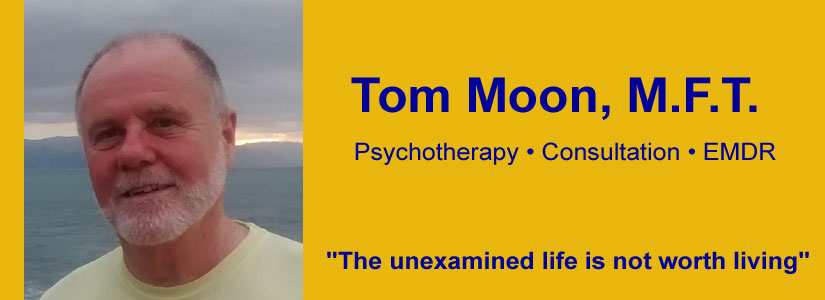As I wrote in the first column in this series, dysfunctional families are characterized by abuse coupled with denial that any abuse is going on; by disrespect and violations of members’ boundaries; by shaming and lack of empathy; and usually by a fair amount of chaos, often due to alcoholism or drug abuse. Children in dysfunctional families inevitably find themselves tracked into surprisingly predictable and limiting roles. In the previous three columns I described the roles of the hero, the scapegoat, and the lost child. The last of the four roles to discuss is the mascot.
The role of the mascot is most commonly taken on by the youngest child in the family. This is the child who learns very early that laughter reduces tension and eases stress, and she or he responds to discord in the family by trying to lighten the mood through humor. Mascots seek to be the center of attention by being funny and acting silly, desperately working to cover up the family’s pain. They’re typically super-cute, especially when young, are experts at making fun of themselves, and know how to act dumb. Mascots never seem to grow up, and the family fosters their immaturity by protecting them from painful realities.
Despite their light-hearted exterior, on the inside mascots feel powerless and confused about what is going on in the family. Because of their need for persistent denial, they tend to be restless and in constant motion, and to become anxious or depressed when they don’t have enough going on to distract themselves and others. As a result, they may have difficulty focusing and often fail to develop strong decision making skills. The class clown act provides temporary balm to the family suffering, but no real solutions or healing. And while they’re entertaining everyone else, they’re usually lonely, confused and insecure, and are often full of fear, sadness and pain. Just as they divert others in the family from feeling pain, they also avoid identifying their own emotions and do not develop the skills to work through their feelings. Instead they crack a joke, and the deeper underlying issues go unresolved. In hiding from their emotions, mascots fail to become acquainted with themselves. One result of their strategies is that other people rarely take them seriously or view them as competent. This child is usually kind and good hearted, and can be remarkably empathic, but they are held back by a pervasive need to avoid pain by escaping into a childlike world.
As mascots get a little older, they often take on the job of the family’s social director, doing their best to keep the family functioning at a social level. But, because they live their lives focused on others, they have a hard time recognizing their own needs or getting those needs met. They give love, but don’t know how to accept it. They are at risk for getting involved in abusive relationships, and may attempt to “save” their partners by being “nice” and “upbeat.”
The path to maturity for the mascot involves challenging the essential despair and hopelessness that lies at the heart of this role. Mascots resort to denial, distraction and humor because their experience in their dysfunctional families has taught them that life problems cannot be faced and overcome. The first step in disconfirming that crippling belief is internal – mascots need to stop thinking of themselves as class clowns. That means that they need to stop treating their own suffering as something to deny, minimize, and turn into humor, and instead begin to treat it as something worthy of their own attention and respect. This attitude adjustment is the necessary first step in developing their considerable compassion and sensitivity into competence and mastery.
